What are Some of the Healthiest Snacks You Can Get in Malaysia?
Malaysia is known for its variety of delicious snacks, but not all of them are healthy. From traditional snacks to modern Western-style options, Malaysians can
Olives have been an integral part of Mediterranean cuisine for a long time. Even the ancient Romans and Greeks used olive oil in their cooking. It was so revered that the ancient philosopher, Homer, called it ‘liquid gold’.
Other than for cooking, olive oil is also used on raw vegetables, sandwiches, and salads as a condiment. If being delicious and healthy isn’t enough, olive oil is also used in making medicine, massages, therapies, and beauty products.
Despite its stellar reputation as a superfood, one of the most common questions we come across is, “Can we use olive oil for cooking?”
This post hopes to answer your most pressing questions about cooking with olive oil.
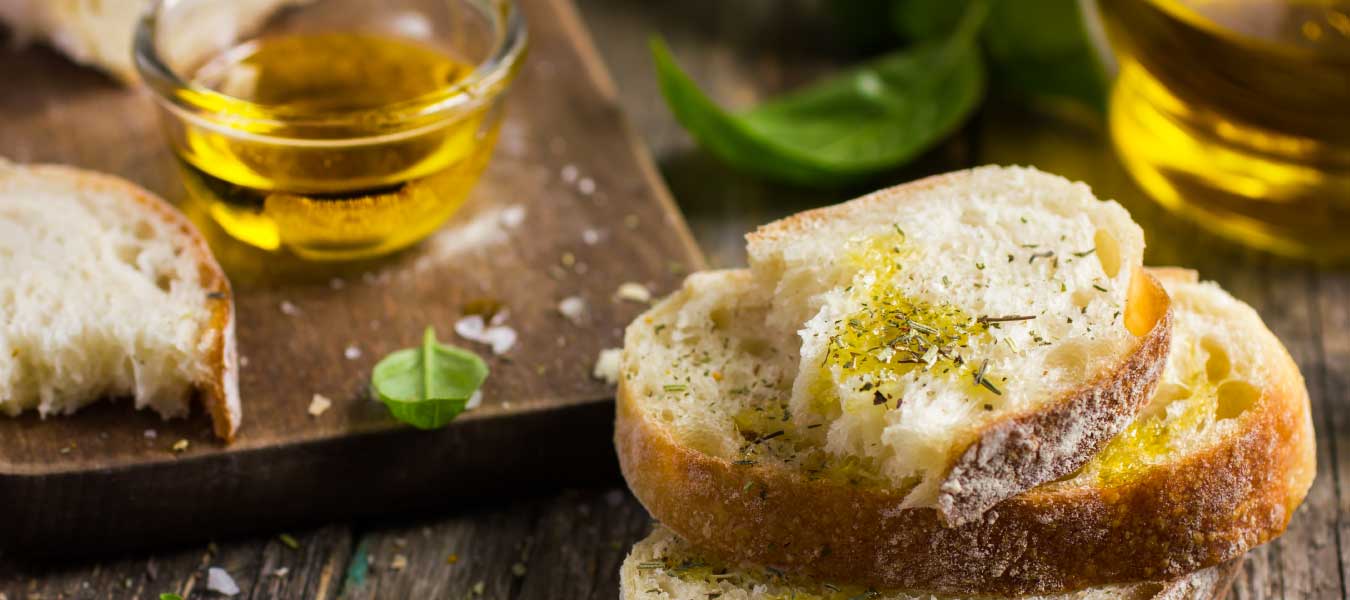
Olive oil, especially Extra Virgin Olive Oil (EVOO), is used commonly in everyday cooking to make great-tasting dishes. From making the perfect basil pesto and Greek salad dressing to marinade grilled chicken and beef kebabs, making light pasta sauce, roast vegetables, and many more.
Olive oil has a distinct flavour that can really enhance the taste of many dishes. It amplifies the flavours of different ingredients when added to salads, sauces or marinades.
The fats in olive oil also help to coat the food and create an enjoyable texture. Olive oil also helps to bring out the natural sweetness in foods like tomatoes and carrots.
A large part of the discussion when it comes to cooking with olive oil is smoke points.
The smoke point of olive oil refers to the temperature at which it begins to break down and release potentially harmful smoke or chemicals. Different types of olive oil have varying smoke points, with extra virgin and virgin being on the lower end while light and pure olive oil have higher smoke points.
Extra Virgin Olive Oil (EVOO) has a smoke point of around 190 degrees Celsius, making it ideal for dressings, marinades, and other mild cooking methods such as sautéing vegetables. EVOO is not recommended for high-heat cooking such as deep-frying due to its low smoke point.
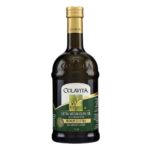
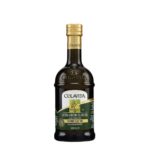
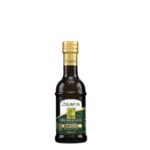
Virgin Olive Oil has a slightly higher smoke point than EVOO (around 210 degrees Celsius), making it an excellent choice for lightly cooking food that requires medium-high heat such as stir-frying. It is also popular for baking since it can handle fairly high temperatures without breaking down.
Light Olive Oil has a considerably higher smoke point than its counterpart (around 225 degrees celsius), making it great for roasting vegetables, grilling meats, or any other type of high-heat cooking method in which the oil needs to remain stable under heat.
Pure Olive Oil (also known as 100% Olive Oil) typically has the highest smoke point of all types of olive oils at around 250 degrees Celsius, making it our best option for deep-frying since it is less likely to burn or break down quickly when exposed to extreme temperatures.
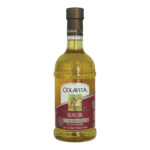
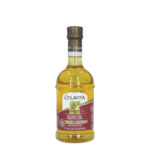
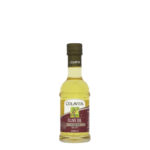
Other than its great taste, people love cooking with olive oil because of its health benefits. Here are a few just to give you an idea of the kinds of health benefits olive oil provides:
Promotes Heart Health. Olive oil contains healthy monounsaturated fats. These have been shown to help lower bad cholesterol levels in the blood, reduce inflammation and improve how the lining of your arteries functions. This helps protect against heart attacks and strokes.
Boosts Bone Health. Olive oil also contains polyphenols–antioxidants that protect the bones from oxidative damage, and oleic acid, which helps promote bone health.
Prevents Diabetes and Balances Blood Sugar. Olive oil has a beneficial effect on fatty acid levels and lipid concentrations in the bloodstream, both of which are important for people with diabetes. It also contains antioxidants that help reduce inflammation in the body, which is associated with an increased risk of insulin resistance and type 2 diabetes.
Promotes Brain Health. Olive oil has been linked to enhanced memory and concentration, reduced mental fatigue, fewer symptoms of depression and anxiety, as well as improved reaction time. Olive oil also contains high levels of omega-3 fatty acids, which are important for proper brain development.
A key reason for olive oil’s status as a healthy food is polyphenols. Polyphenols are naturally occurring compounds found in many foods frequently consumed as part of a healthy diet, including fruits, vegetables, nuts, and olive oil.
Polyphenols offer numerous health benefits by reducing inflammation, helping to control blood pressure and cholesterol levels, and promoting a healthy microbiome. In terms of olives and olive oil specifically, the polyphenols in olive oil can help to preserve the flavour of the food for an extended period of time, as well as provide antioxidative benefits when consumed.
When it comes to olive oil, there are numerous types and grades available in the market. Olive Oil is graded based on its acidity level, which ranges from mild to extra-virgin and everything in between.
Mild olive oil has the lowest amount of oleic acid, while extra-virgin olive oils boast higher levels of oleic acid and other beneficial components such as polyphenols, antioxidants, and minerals.
Mild olive oils tend to have a more neutral flavour profile than stronger varieties, making them ideal for use in baking or sautéing vegetables.
Extra virgin olive oils have robust flavours that make them perfect for finishing salads or drizzling over bruschetta due to their rich taste profiles.
In between these two extremes lie light-tasting and medium-tasting olive oils, each of which can bring something special to dishes depending on what you’re using it for.
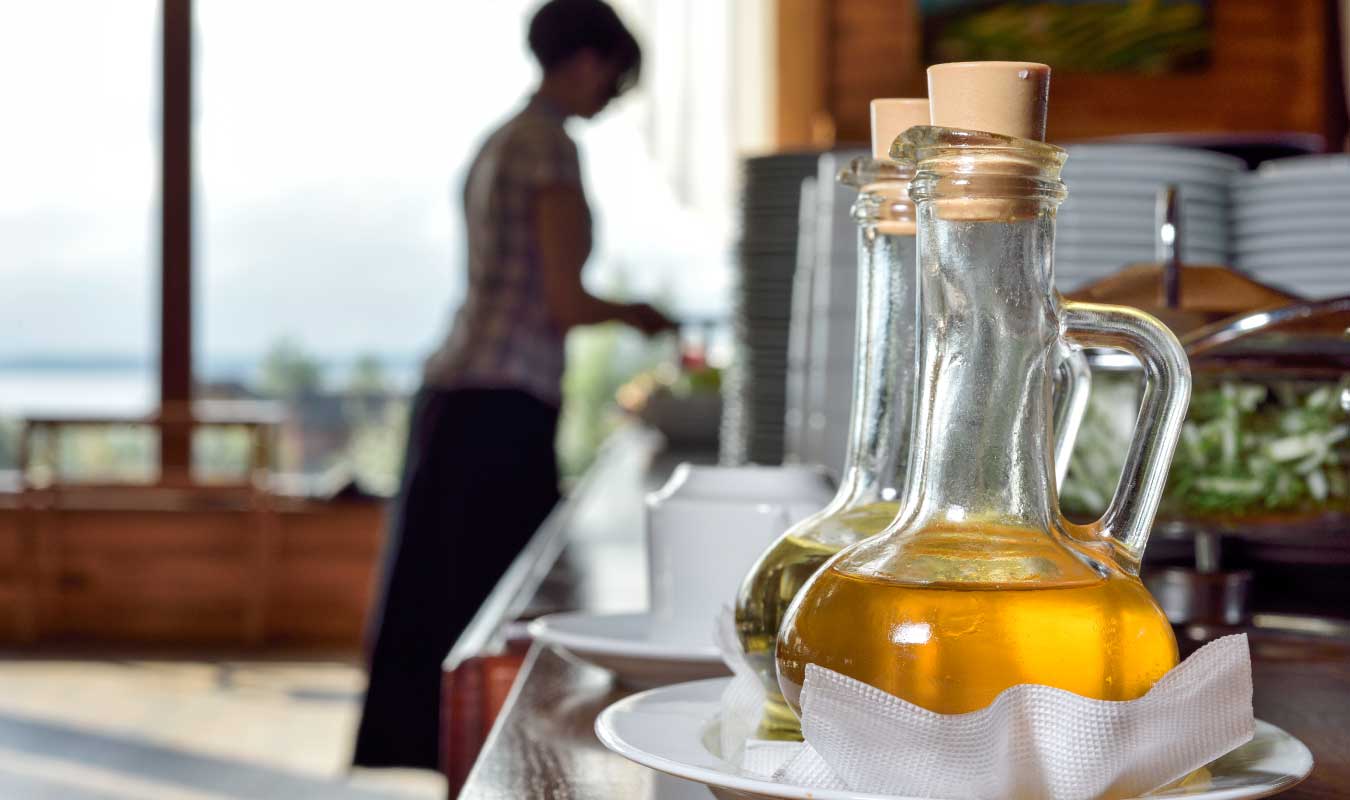
Extra Virgin Olive Oil. This is the highest quality olive oil, made from cold-pressing olives and containing no more than 0.8% acidity. It has a fruity, slightly bitter taste and is ideal for dressings and dipping.
Virgin Olive Oil. This type of olive oil is also made by cold pressing olives, but with an acidity of up to 2%. It is milder in flavour than extra virgin olive oil and can be used for sautéing and other cooking.
Pure Olive Oil. Also known as light or regular olive oil, it is made using both cold-pressed unrefined oils as well as chemical methods such as refining, deodorizing, or adding colourants. Its flavour is milder than that of extra virgin or virgin oils and it can be used for higher-temperature cooking like frying.
Pomace Olive Oil. This lowest grade of olive oil is produced from the remaining pulp of the olives which have already been pressed for their extra virgin and virgin counterparts. It must be refined with heat or chemicals before becoming edible and it has a very bland, neutral taste with no aroma or odour.
Olive oil is an excellent and versatile cooking ingredient that offers numerous health benefits. Not only does it provide a healthy source of fat and boosts the flavour of your dishes, but its culinary properties make it an ideal choice for sautéing, baking, grilling and more.
As this article has shown, using olive oil in place of other fats can help reduce your risk of cardiovascular disease and other illnesses, as well as give you the opportunity to explore unique flavours and recipes. With its high smoke point, olive oil is a safe option for those who are looking to stay healthy or upgrade their kitchen skills.
Malaysia is known for its variety of delicious snacks, but not all of them are healthy. From traditional snacks to modern Western-style options, Malaysians can
Noodles are a big part of different Asian cuisines. Malaysian cuisine has a lot of noodle dishes you can easily find in restaurants and hawker
In Malaysia, coffee culture is booming, with people flocking to coffee shops to indulge in their favorite brews. From artisanal coffee made by someone with
Oats have been gaining popularity in Malaysia due to their numerous health benefits. These wholesome grains offer a range of advantages, including lower blood pressure
Tel: +603-5569 2318
Fax: +603-5569 2208
Email: hello@sanglafoods.com
Lot 4, Jalan Peguam U1/25A, Hicom Glenmarie Industrial Park,
40150 Shah Alam, Selangor, Malaysia